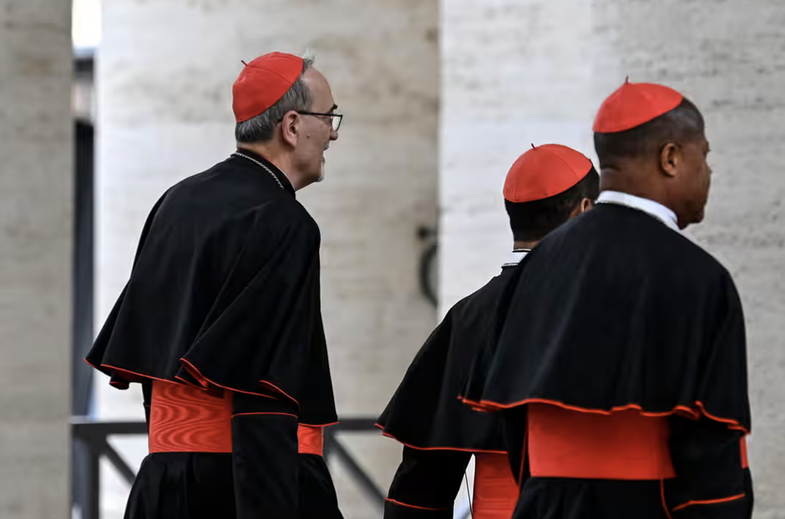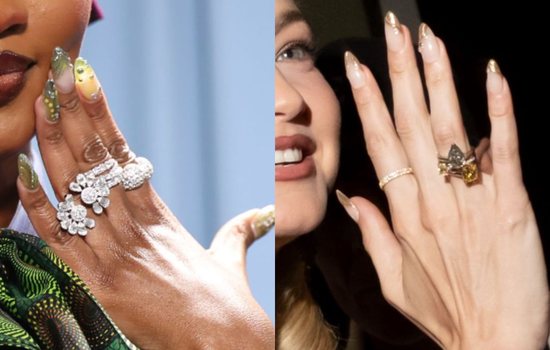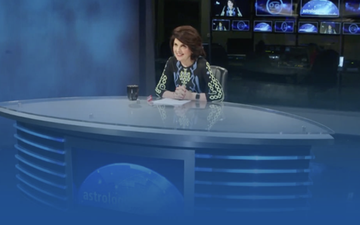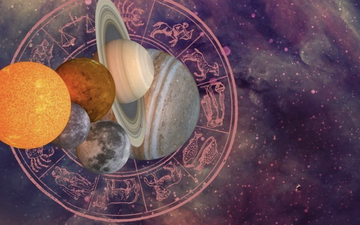
On Wednesday (May 7, 2025), cardinals will begin voting in the Sistine Chapel to elect a new pope. The process is quite interesting, so we're telling you.
Who is participating?
The cardinals, who are also the most senior members of the Catholic clergy known as the “princes of the church,” take part in the vote. Only those under the age of 80 are allowed to vote. Two of them have announced that they will not be present due to health problems. (Another cardinal, Angelo Becciu, convicted of fraud and embezzlement in 2022, will not participate.) The Vatican has confirmed that all 133 cardinals expected to participate have arrived in Rome.
More than 50 of the voting cardinals are European, most of them from Italy. Another 10 are from the US, 23 from Asia and 18 from Africa.
The start of the conclave
The men (dressed in red) will set off from their residence in the Casa Santa Marta for the Sistine Chapel. They will hand over their phones; the chapel has already been checked for eavesdropping devices and jamming equipment has been installed. Each will take an oath of secrecy.
The master of papal liturgical ceremonies says “Extra omnes” (“All out”). All present, except the voting cardinals and a small number of officials and doctors, leave and the doors are closed.
There are no speeches or debates inside the Sistine Chapel. The first vote is likely to take place on Wednesday afternoon. Then, four votes will be held a day until one candidate reaches the majority of votes.
Their day begins with Mass. The cardinals will stop for lunch around 12:30 p.m. and return to the Sistine Chapel in the afternoon for more rounds of voting. They will pray together in the evening and return to the Santa Marta guesthouse for dinner. (There are only 120 rooms at the Santa Marta, so additional accommodation has been provided in a nearby residence.)
If there is no result after three days, the cardinals can take a day off for prayer and reflection.
How does the voting system work?
Each cardinal is assigned a table, on which are a pen and a stack of ballot papers with the words “Eligo in summum pontificem” (“Elect as supreme pope”) written at the top. They write the name they want, fold the paper and place it in a bronze container.
The ballot papers are counted and recounted before being pierced with a needle – through the word “eligo” – and tied into a bundle. They are then burned. If there is no result, chemicals are added to make the smoke black; if a candidate is elected, the smoke turns white. The
smoke passes through a chimney installed in the roof. The Vatican firefighters are on standby in case of an incident.
When the white smoke rises from the chimney, the bells also ring, signaling to the crowd outside that “habemus Papam” – “We have a (new) Pope.”
What happens to the new Pope?
The head of the College of Cardinals asks the chosen one: “Do you accept your election as Supreme Pope?” If he accepts, he must decide on his papal name. The cardinals will swear allegiance to the new Pope.
He will then be taken to the Chamber of Tears, where he will be stripped of his red cardinal's robe and dressed in the white papal vestment. Usually, vestments of different sizes (small, medium and large) are prepared. This time, it is believed that the Vatican is recycling vestments from previous conclaves.
The new Pope emerges onto the main balcony of St. Peter's Basilica to greet the crowd.
How long will the conclave last?
It can last from a few hours to weeks. The longest conclave in history, in the 13th century, lasted two years and nine months. Since the early 20th century, most conclaves have lasted two or three days.
If after 13 days of voting no one has reached a 2/3 majority, a vote is held between just the two leading candidates – but a two-thirds majority is still required to become Pope. If it is not decided, it is not known what will happen.





